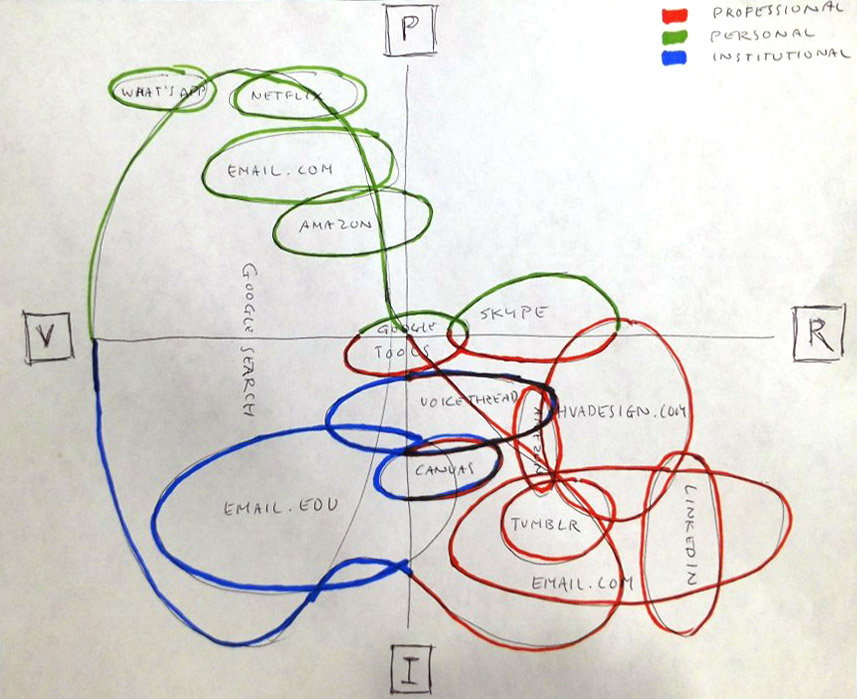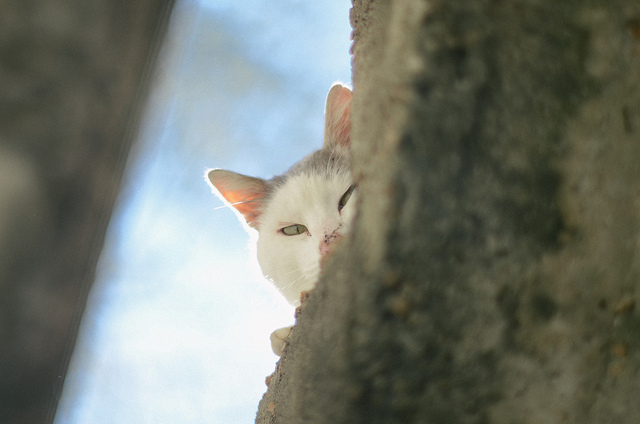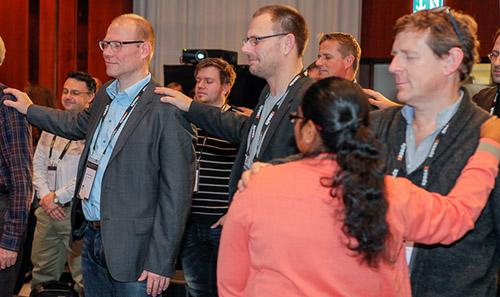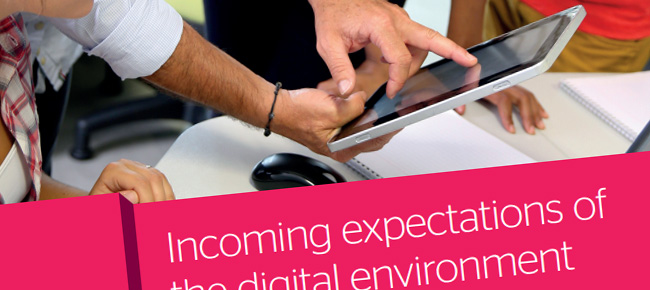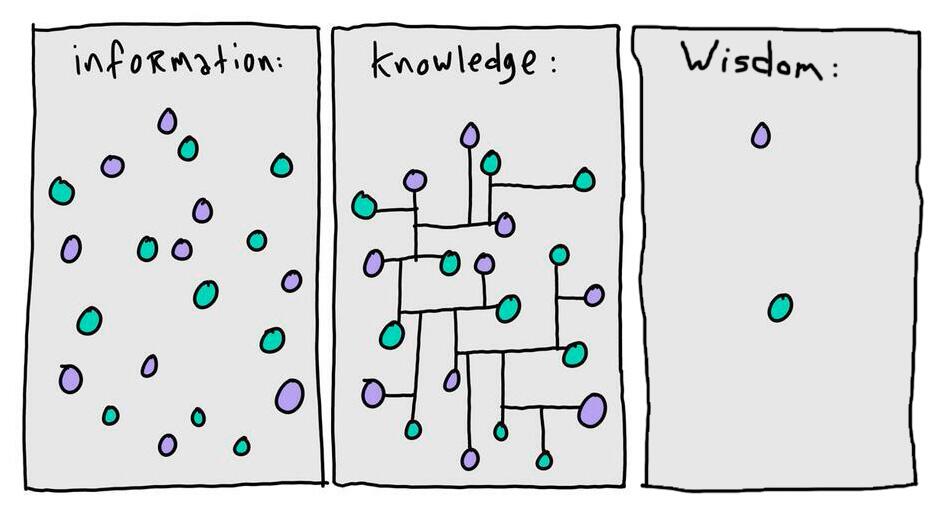Working at a large arts focused university and collaborating with colleagues in institutions of various types including Russell-group is giving me a broad insight into the changing character of Higher Education in the UK. A major shift we’ve all witnessed with the introduction of fees is the student-as-consumer effect. We are groping our way towards the American model, discussing the Student Experience but with institutions that are almost entirely structured to deliver curriculum. As Eric Stoller pointed out at the recent Jisc Creativity workshop we don’t have the equivalent of ‘Student Affairs’ in our institutions and anything that isn’t directly aligned with delivering the curriculum is scattered across libraries, academic support, the student union, careers/employability etc.

Treating education as a product is problematic and in the Digital Student Project we are always quick to point out the importance of managing and challenging student’s expectations as well as meeting them. The student-as-consumer effect is usually concerned with the education we provide being, or becoming, ‘product’ – but that’s a mistaken reading of the situation. The real product is employability and by inference the student themselves.
The sadness for me is that while there has always been an element of increasing-your-chances-of-getting-a-decent-job about Higher Education the underlying philosophy remained one of citizenship not economic viability (as discussed in this episode of the Philosophy bites podcast on the Aims of Education). This was even the case when taking so-called vocational courses – the focus was employment but the ideology was predominately educational not economic.
I worry that as a sector we have lost confidence in the value of learning as part of what it means to contribute to society and to become more engaged in the world. I’m not against employability. I can completely understand student’s motivations here and the need for institutions to take some responsibility in supporting them in finding work. My concern is that we are not cutting enough space for students to come to an understanding of themselves as learners and citizens *before* constructing themselves as ‘professionals’. Our preoccupation with the problem of curriculum-as-product has masked the larger problem of student-as-product or ‘entrepreneur’.
Unfortunately I see this being powerfully played out in digital contexts. The potential agency that the Web affords individuals is being co-opted as part of the process of student-as-product. This became clear to me when I contributed to the design of a masters-level module called The Mediated Self at a prestigious UK university. This was an interesting co-design process with a both staff and students contributing ideas. The module was largely going to explore what it meant for the ‘self’ to be mediated on the Web and the students proposed a really strong structure complete with relevant readings and clear themes. I myself had had a fascinating time getting lost in notions of the self by reading a large chunk of Derek Parfit’s Reasons and Persons. My point was that you can always argue about the nature of the self but what’s interesting in a digital context is our ability to manage our ‘self’ in concurrent spaces, the digital and the physical. To me this is an inherently new situation brought about as an effect of the digital being a social space not simply ‘content’.
What struck me in our discussions was that the student’s motivation to learn this type of material was mainly to help them construct a ‘successful’ identity online. Implicit in this motivation was the notion of a hypothetical ‘super-employable professional persona’ which one could somehow work towards or enact online as a self-standing entity. There was a sense that there must be a correct way to ‘be’ online and that this module would help them to uncover this truth as if being-in-the-world was similar to successfully passing an exam. In effect, there was more motivation to mediate a professional persona than there was to develop a ‘self’. Instead of the Web being viewed as a place for ‘becoming’, for self-expression and human connection (ideas my institution really understands the value of) it was being seen as the location to present a perfect model of student-as-employable-product.
The academic staff at the design session were well aware of this and I could tell they would be gently pushing against these narrow motivations in an attempt to help the students come to a deeper understanding of the modules themes. My feeling is that most teaching staff attempt to challenge employability as the be all and end all of education but I fear that as a sector we are amplifying the student-as-product message rather than championing learning as an end in itself. The effect of this will the ‘production’ of students who are adept at modelling ’employability’ but may well lack the depth and agility to make their way in the world beyond economic success. My view is that University should be a place where we enlarge our ‘selves’ through learning. I suggest that as a sector we regain our confidence in the principle that a rich sense-of-self is the single most ‘employable’ attribute individuals can develop.

